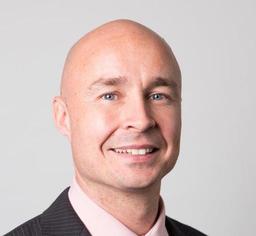An acute shortage of health-care workers that’s harming both patients and workers is putting front and centre the question of how to solve the problem.
Statistics Canada data shows that job vacancies in health care were almost twice as high in the final quarter of 2021 as they were in the final quarter of 2019, pre-pandemic.





